Maintaining proper tire inflation pressure is a goal for every fleet manager. When the proper air pressure is correctly set, tire removal miles, fuel economy and retreadability all are maximized. Air carries and supports vehicle loads; in a perfect world, depending on the specific load, the inflation pressure should be set accordingly.
If a loaded tire is carrying 6,000 pounds when run on the steer position, then the recommended tire inflation is 110 PSI for the common 295/75R22.5 low profile tire size. Load-inflation tables state the designed tire pressure defined for given tire loads. These tables are readily available on all the tire companies’ websites.
However, be careful when reading these charts, since the recommended pressures vary depending on tires being run as singles or as duals.
Since it is totally impractical to change tire pressures every time the trailer load changes, the recommended tire pressure setting must be based on the worst case load scenario. Even though the average load may be significantly lower than the worst case load, it still is very important to set the pressure based on that worst case load scenario.
Fleet tire managers typically ask how frequently they should be checking tire pressures—and why tires lose so much air during the course of the year. There really are only four reasons why tires lose air:
1. Osmosis of air through the tire casing can lead to a loss of 1 to 3 PSI per month, depending on the specific tire make and model. The type of compounds used in the manufacture of the tire can have a big impact on osmosis. The composition and gauge of the tire innerliner compound also plays a significant role in osmosis. Losing 2 PSI per month does not sound like very much, but after 12 months the tire would be considered “flat” and should be removed from service. If a tire is measured to be 20% under the fleet’s specification, the industry recommendation is to remove the tire from service, dismount and determine exactly what is going on with the tire.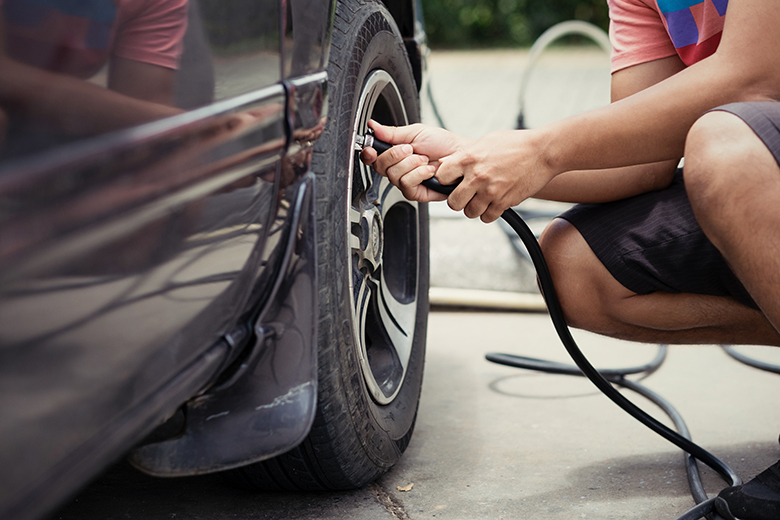
2. Slow leaking punctures in the tread are the leading cause of tires losing air. A nail embedded in a tire’s groove may cause a loss of 2 or 3 PSI per day, not 2 or 3 PSI per month as with osmosis. You can check the tire pressure before the vehicle leaves the yard in the morning, yet pick up a nail just a few minutes later.
3. Leaking valve stems and cores are another cause of low tire pressure. Over-tightening valve cores can lead to loss of air. There actually is a specification of 4 inches per pound of torque on a tire valve core. Valve core pre-set torque wrenches are available through tire supply companies.
4. Finally, tires lose air through impact breaks. Running over large objects and hitting the curbs on those right-handed turns can lead to air loss, which is usually sudden and will lead to an emergency roadside service call.
So, how frequently should a fleet be checking tire pressures? It depends on the type of service vocation. If vehicles see a high volume of mixed service and are on unpaved roads, then tires need to be checked a lot more frequently than tires running on vehicles that are going coast-to-coast over the interstates.
If the vehicles are coming back home every night and travel on good roads, then a once a week check of tire pressures is the standard recommendation. However, it always is a good practice to check tire pressures as often as is practical.
Having said that, it is fair to note that the drawback with checking tire pressures frequently is that it just takes time. Checking the pressure of 18 tires with valve caps on one rig can take up to 15 minutes to complete.
Finally word of advice—always use a pressure gauge that has been calibrated. Some stick gauges are adjustable by turning a screw located in the bottom of the gauge. Many truck stops have air inflation calibration stations to check your pressure gauges. Even brand new pressure gauges out of the box are only accurate to +/- 3 PSI, so it is a good idea to check your gauges for accuracy on a regular basis.
In this article:
Since your tires maintain consistent contact with the road, you should make sure that they are well maintained.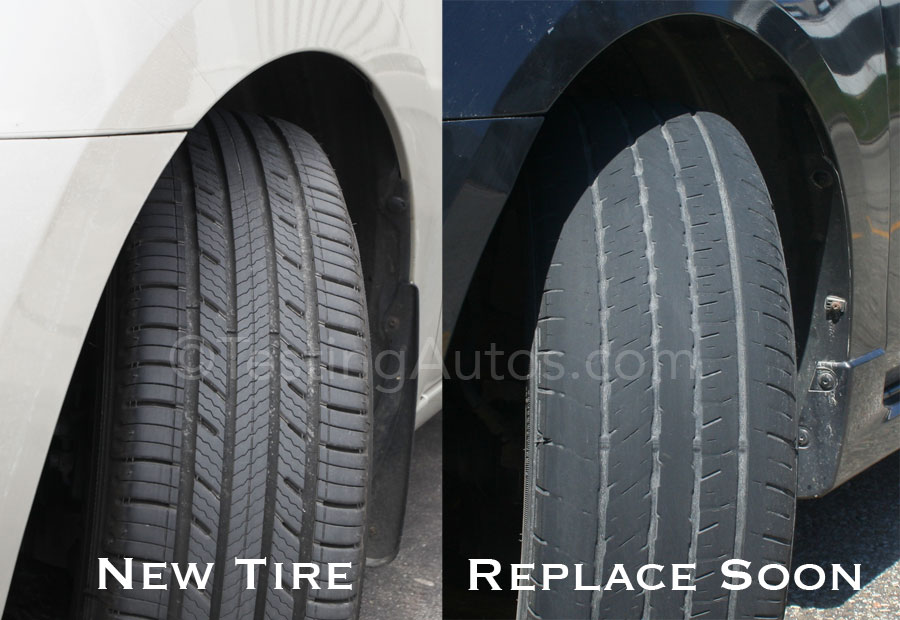 That includes knowing about tire pressure.
That includes knowing about tire pressure.
With low tire pressure, your vehicle’s performance and fuel economy can be compromised. Therefore, you should know how fast tires lose air.
Here, we will take a look at commonly asked questions about tire pressure.
How Long Should You Expect Before Your Tire Lose Air?The typical rate at which a tire will lose pressure is about 1-3 psi per month. If you don’t inflate your tires for six months, then you could lose as much as 6-18 psi. This will likely give you low tire pressure since the normal psi range is about 30 to 35.
Table of Contents
How Often Should You Check Tire Pressure?Because your tires lose pressure over a month, you should make it a habit to check your tires at least once a month.
One of the best places to check your tires is at a fuel station.
You may also want to consider purchasing a portable tire inflator that will also be able to measure tire pressure.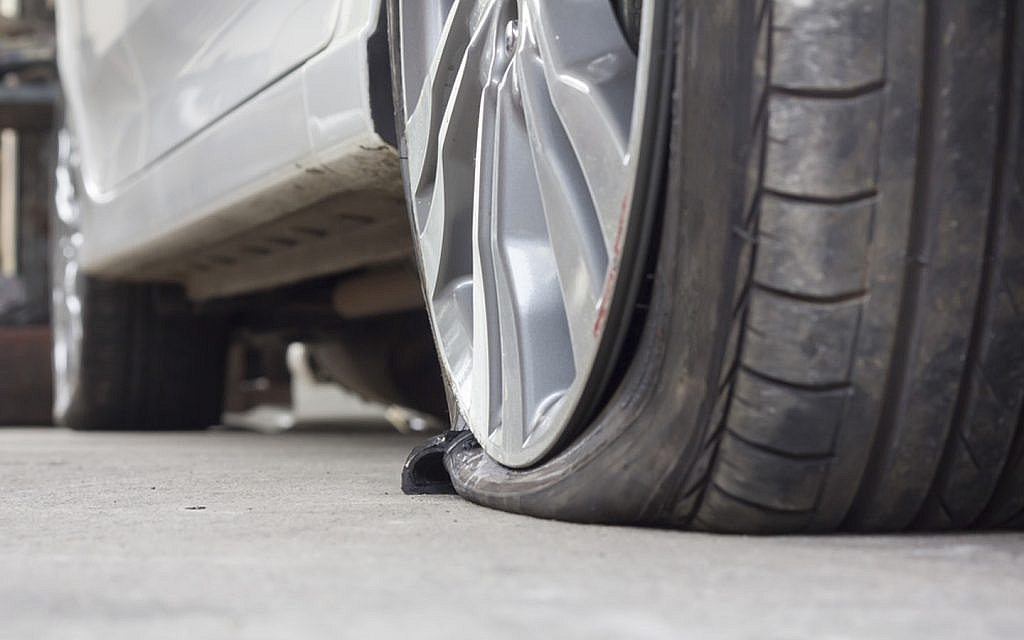
First, sometimes a tire might appear flat though it is perfectly inflated.
There are several reasons why your tires can lose pressure:
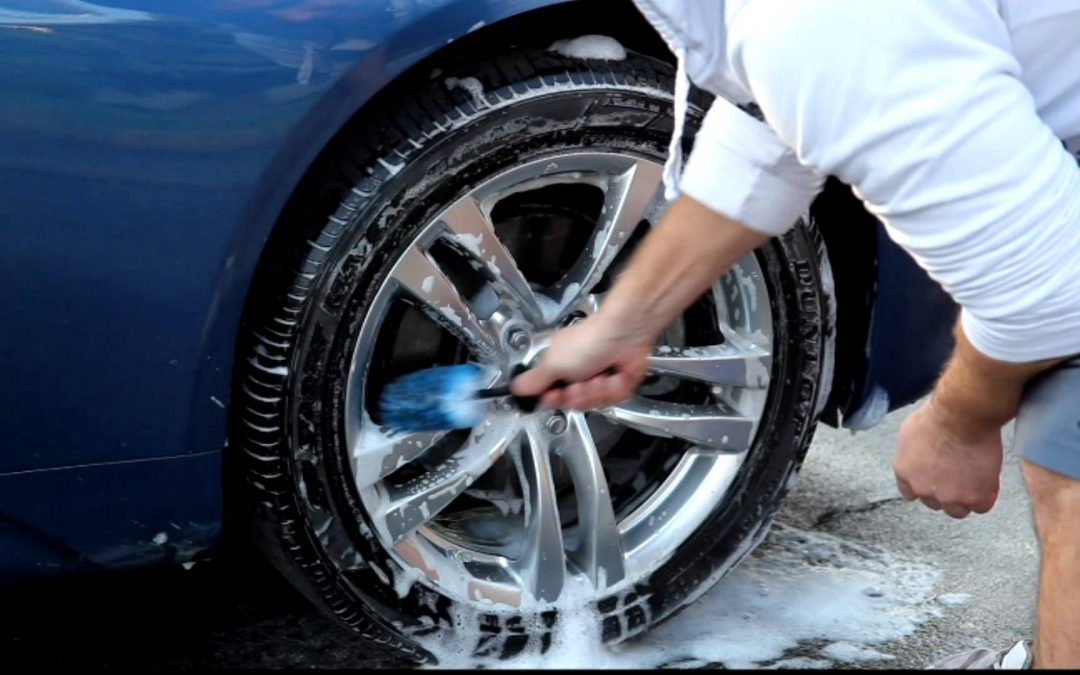
If one of your tires is wearing faster than the others it could also be a sign that it doesn’t hold air as well. So keep an eye on that!
So keep an eye on that!
Older tires will tend to lose pressure faster for several reasons.
On average, a tire will last anywhere from 40,000 to 50,000 miles before it loses air at an accelerated rate.
Do Tires Lose Air Faster When You Drive a Lot?It depends on the type of drive you do and the road conditions.
For instance, if you do lots of off-road driving, then the road hazards may cause the tires to flex and lose air pressure. Also, if you have to drive on a road that is riddled with potholes, then you can expect to lose pressure faster.
However, you will lose more tire pressure if you keep your car parked for an extended period.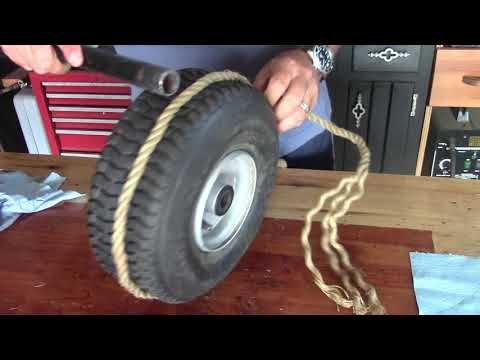
Another issue that will cause a tire to lose air pressure is simply how many miles you put on them. As an example, if you drive 20,000 miles per year, then your tires will become old after two years.
Therefore, you should carefully monitor how many miles your tires have accumulated.
Do Low-Profile Tires Lose Air Faster?Because low-profile tires are thinner than higher-profile tires, they will lose air at a faster rate. Also, it will take less air for low-profile tires to become deflated.
If you drive with low-profile tires, then you should expect them to lose pressure more often.
Do Front Tires Lose Air Faster?In many cases, your front tires will lose air at a faster rate than the rear tires. This is because there is usually more pressure on the front tires because of the engine’s weight.
Therefore, you should check the pressure on your front tires often to ensure that they are at a normal level.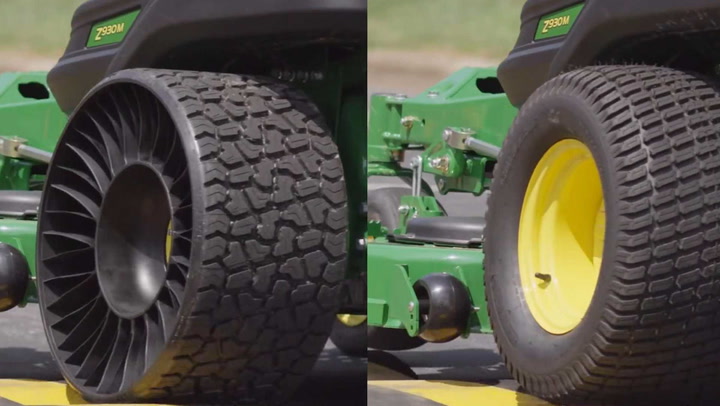
A tubeless tire will typically lose air faster than a tube tire. Therefore, it is a good idea to check the pressure level on a tubeless tire every two weeks.
What Are the Signs That Your Tires Are Going Flat?Since you don’t want to get stuck on the side of the road, you should know the tell-tale signs that your tires are about to go flat.
Here is what you should look out for:

To maintain your tires over the long term, they must be well maintained.
Here’s a look at how you can make sure that your air pressure is well sustained all year long:

Because your tires must maintain proper pressure, they must be well regulated.
Be sure to check your tire pressure every two weeks to one month. Also, consider changing your tires every 40,000 to 50,000 miles.
Utires.com
girardnissan.com
Did you find wrong information or was something missing?
We would love to hear your thoughts! (PS: We read ALL feedback)
Name (not required)
Email (not required)
Message
Photo www. tgamobility.co.uk
tgamobility.co.uk
Often, tire pressure decreases gradually, and this process continues for several days. You inflate them to the required level, but the tires again pass air over time. In this case, you should contact the tire shop, where they will determine the cause of the pressure loss. There may be several. We will look at the problems with tubeless tires, since most modern cars are equipped with them.
Ivan Flyagin
Disk damage usually leads to its deformation. This comes from hitting the wheel at high speed on the edge of the pit or on a steep and hard bump. Due to the loose fit of the tire to the rim, a partial air leak occurs. Keep in mind that damage may be hidden on the inside of the rim, while the outside of the wheel will look brand new, without any visual flaws.
Another possible reason for the gradual loss of pressure in the tires is the depressurization of the valve (or nipple) as a result of mechanical impact, or the ingress of the smallest dust particles into it.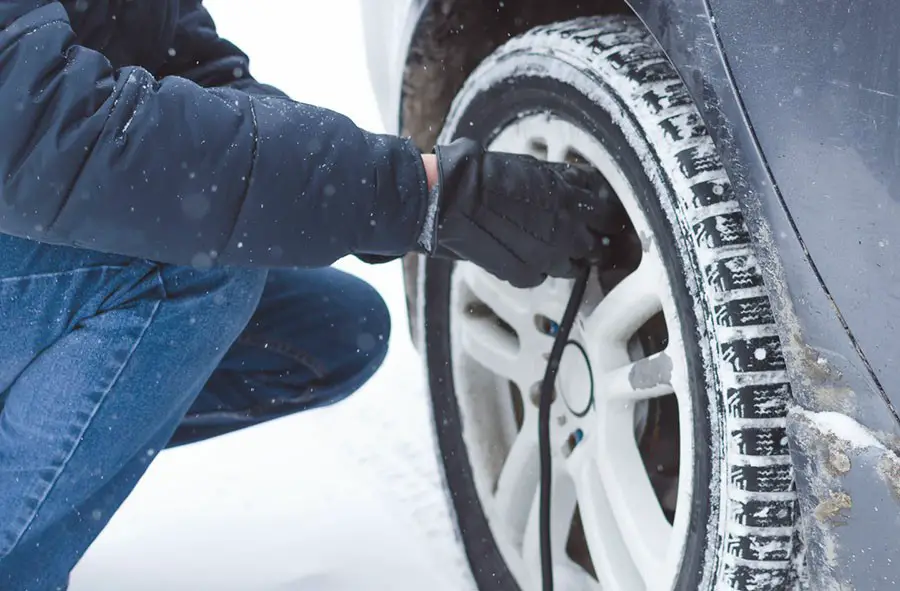 If the mechanism is in good condition, then air can leak in the place where its valve is attached to the disk. Sometimes you can fix the problem by pumping the spool with a few sharp and short presses.
If the mechanism is in good condition, then air can leak in the place where its valve is attached to the disk. Sometimes you can fix the problem by pumping the spool with a few sharp and short presses.
Quite often the tire “catches” a nail or other sharp and large object on the road, which safely gets stuck in the place of the puncture. In this case, it serves as a stopper, only not completely sealed, so the air will slowly but surely bleed. If a nail hits a tire with a camera, it instantly bursts, and at high speed this is fraught with an emergency.
A tire can be damaged not only on the tread side, where the thickest and most durable rubber layer is located. Its side is also vulnerable to contact with sharp objects. Usually in this place there are cuts from friction on curbs, the edge of the track, protruding rebar and other hard and sharp protrusions. How quickly the rubber will lose air depends on the depth of the scratch. Usually damage to the sidewall causes irreparable damage to the tire, and it has to be replaced.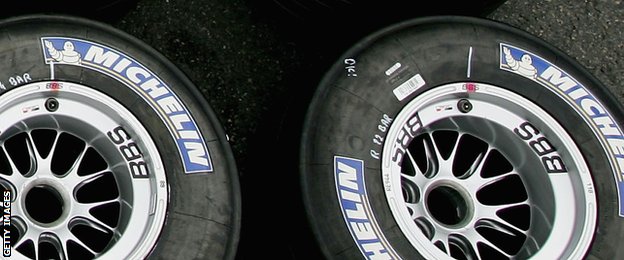
Whatever advanced rubber compound is used in the manufacture of a modern tire, in any case, its structure will respond to temperature changes to one degree or another. As a rule, in the cold, the rubber narrows, and as a result of a slight drop in pressure, the wheels sometimes have to be pumped up. Accordingly, at high temperatures, the opposite effect occurs and the pressure in the tires increases.
144952
How safe to park your car
26994
How safely to park your car
26994
Subscribe to Autovzglygs:
traffic safety, wheels, car service, repair, accessories, tyres, tyres, maintenance0001
Most vehicles are fitted with tubeless wheels that maintain tire pressure during a puncture.
They guarantee safe driving even when flat, and with little damage they can hold their shape for several days.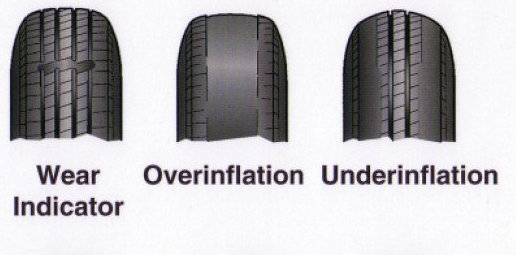 Despite their practicality, you should immediately look for the causes of wheel leaks. If you do not repair a punctured car tire in advance or do not fix warped alloy wheels, the operation of the car will lead to an emergency.
Despite their practicality, you should immediately look for the causes of wheel leaks. If you do not repair a punctured car tire in advance or do not fix warped alloy wheels, the operation of the car will lead to an emergency.
Since even tubeless tires flatten for no apparent reason, you need to carefully inspect the car and the condition of the wheels in order to detect a malfunction in advance. This will help to avoid a number of problems during the trip. Driving with flat tires adversely affects the performance of the machine. The vehicle has poor traction, the steering wheel pulls to the side with a bad tire, acceleration and braking are deteriorating. If the tires of the car are slowly deflated, this leads to increased fuel consumption.
To understand the problem, let's examine the reasons for which it releases air:
 It can bleed due to stones found on unpaved surfaces. More often, a metal object gets stuck in the wheel tread without damaging the rim and alloy wheel. Since the screw or nail remains in the tread, the air escapes slowly, which allows you to safely drive to the service. Pulling out the item yourself, if it is not possible to immediately fix the wheel, is not worth it. This will lead to depressurization.
It can bleed due to stones found on unpaved surfaces. More often, a metal object gets stuck in the wheel tread without damaging the rim and alloy wheel. Since the screw or nail remains in the tread, the air escapes slowly, which allows you to safely drive to the service. Pulling out the item yourself, if it is not possible to immediately fix the wheel, is not worth it. This will lead to depressurization. 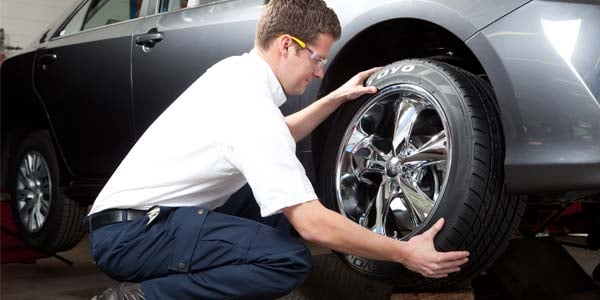 Due to the leaky fit, air slowly escapes into the gap formed. In addition to depressurization, such a breakdown can cause a “hernia”, the appearance of a beating steering wheel or vibration of the car body. The problem is fixed in the profile service by aligning the rim of the alloy wheel.
Due to the leaky fit, air slowly escapes into the gap formed. In addition to depressurization, such a breakdown can cause a “hernia”, the appearance of a beating steering wheel or vibration of the car body. The problem is fixed in the profile service by aligning the rim of the alloy wheel. It is often difficult to find the reason why the air in the wheel bleeds slowly. Even the masters can not always immediately detect a malfunction. You can find the problem yourself in the following way - pump over 1-2 atmosphere and listen to see if air comes out. If no sound is heard, then the wheel is wetted in a soapy solution and lowered into water. The area where air will begin to bubble will be the puncture site.
The area where air will begin to bubble will be the puncture site.
In cases where the wheel bleeds air on the car, but does not deflate when it is removed, you need to take apart and wipe the inside of the tire. In the presence of sharp objects, the fabric will catch on, indicating the puncture site.
The causes of rubber puncture near the nipple, on the rim of the alloy wheel or in the tread can be found using indirect causes: ;
If the tire on the car began to slowly deflate as a result of a side cut, then such repairs are not easy to make even for masters. Unlike a tread puncture, the area near the rim of an alloy wheel is softer and thinner. This does not allow you to put a patch or install a harness. Even after removing the cause, the damaged wheel will slowly bleed under load. Also, repairing a side puncture is dangerous because it affects the durability of the tire. Therefore, with a strong side cut, it is better to change the wheel to a new one.
Unlike a tread puncture, the area near the rim of an alloy wheel is softer and thinner. This does not allow you to put a patch or install a harness. Even after removing the cause, the damaged wheel will slowly bleed under load. Also, repairing a side puncture is dangerous because it affects the durability of the tire. Therefore, with a strong side cut, it is better to change the wheel to a new one.
If the tread puncture is the cause of air bleeding, the tire can be easily repaired. It is important that in this case the rim of the cast disk is not damaged, and the hole size is no more than 4-5 mm. If a larger object hits, it will not be possible to repair the wheel on your own, so you need to sign up for a service station. If the tire on the car descends slowly, and the puncture diameter is several millimeters, a rubber band, glue and an awl will be needed for repair.
If the tire bead does not seal against the rim, the defect in the cast rim must be repaired first. There are many reasons why a dent appeared on the surface - due to falling into a hole at speed, upon contact with the curb. If you do not align the disk, the tire will slowly deflate, it may depressurize when driving a car. Dents are "rolled" in the service. You can fix the breakdown on your own on the road with the help of a heavy object - sometimes it is enough to hit the rim with a hammer to stop lowering. However, this is a temporary option.
If you do not align the disk, the tire will slowly deflate, it may depressurize when driving a car. Dents are "rolled" in the service. You can fix the breakdown on your own on the road with the help of a heavy object - sometimes it is enough to hit the rim with a hammer to stop lowering. However, this is a temporary option.
If the rim is OK and the wheel continues to bleed, the problem may be in the spool. On the road, such a “puncture” can be corrected by pressing hard on the nipple. In case of deformation of the nipple, contact the specialists, as it needs to be changed.
Since the wheel itself may be the reason why the wheel began to deflate, let's look at the problem in more detail. The rim is damaged when hitting a curb, due to old age or improper storage, which affects the tightness of its fit to the tire. Deformation of a cast wheel is also possible due to poor-quality alloy.
In case of advanced corrosion or mechanical damage to the rim, the disc is repaired or replaced with a new one.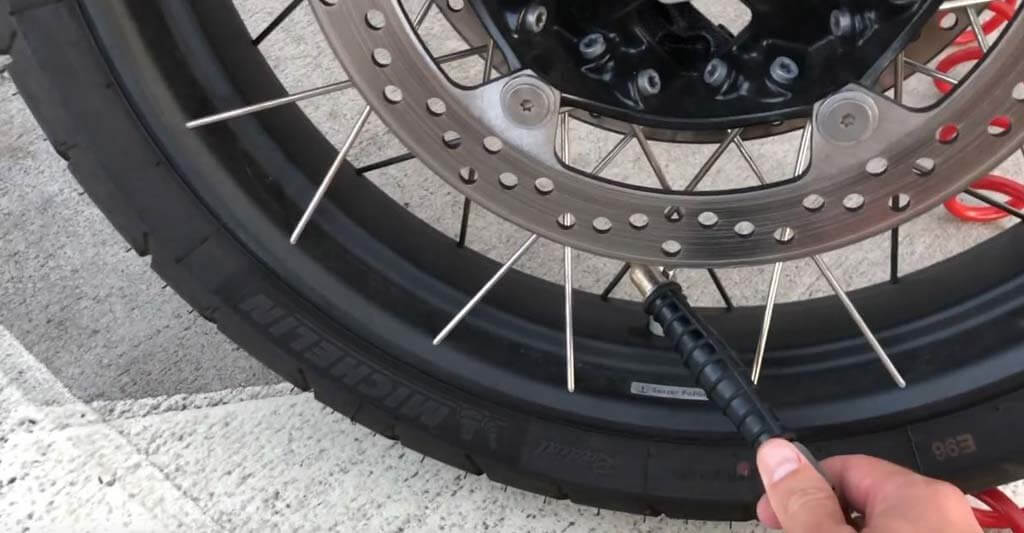 It is forbidden to pour sealant inside. It won't fix the rim problem, but it will definitely ruin the tire.
It is forbidden to pour sealant inside. It won't fix the rim problem, but it will definitely ruin the tire.
Summer Drive Protection Sound Comfort
Rating:
4.5
Tires Goodyear Eagle F1 Asymmetric 3 SUV
Summer Drive protection
Rating:
4.5
Tires Goodyear Eagle Sport TZ
Summer Drive protection
Rating:
4.5
Tires Goodyear EfficientGrip 2 SUV
Summer Drive Protection Run On Flat
Rating:
4. 5
5
Tires Goodyear EfficientGrip Performance
Winter Disc protection
Tires Goodyear UltraGrip Arctic 2 SUV
Winter Drive Protection Sound Comfort
Rating:
4.5
Tires Goodyear UltraGrip Ice 2
Winter Drive Protection Sound Comfort
Rating:
4.5
Tires Goodyear UltraGrip Ice SUV
Winter Disc protection
Tires Goodyear UltraGrip Performance+ SUV
All season Drive protection
Rating:
5
Tires Goodyear Vector 4Seasons Gen-3 SUV
Summer Drive Protection Run On Flat
Rating:
4
Tires Goodyear Wrangler HP All Weather
All season Drive protection
Rating:
4.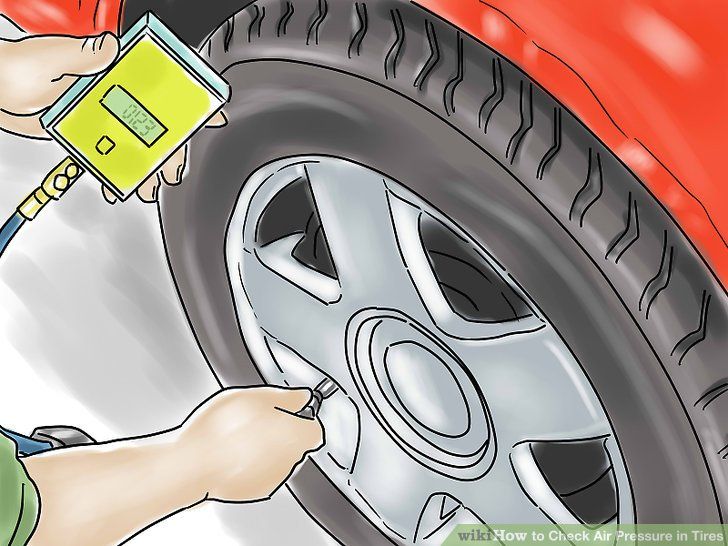 5
5
Tires Goodyear Vector 4Seasons
Summer
Rating:
4.5
Tires Goodyear Wrangler All-Terrain Adventure with Kevlar
Summer Drive protection
Rating:
4.5
Tires Goodyear EfficientGrip SUV
Summer Drive Protection Run On Flat
Rating:
4
Tires Goodyear Eagle F1 Asymmetric SUV
There are many reasons why a tire deflates.